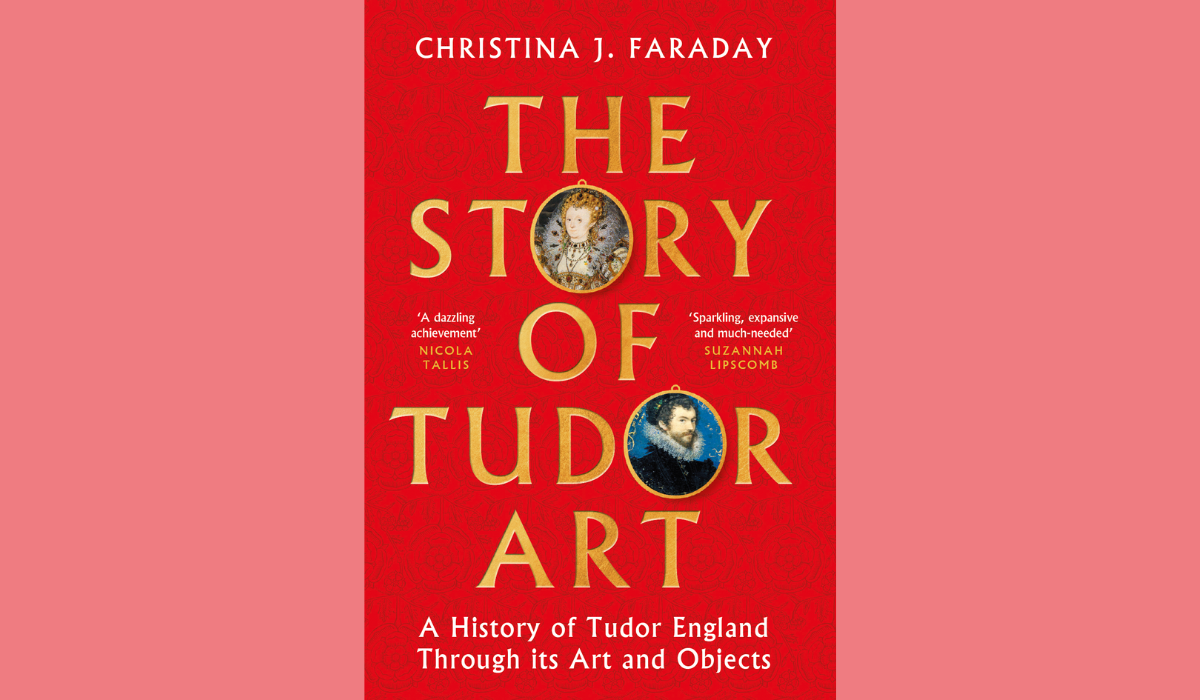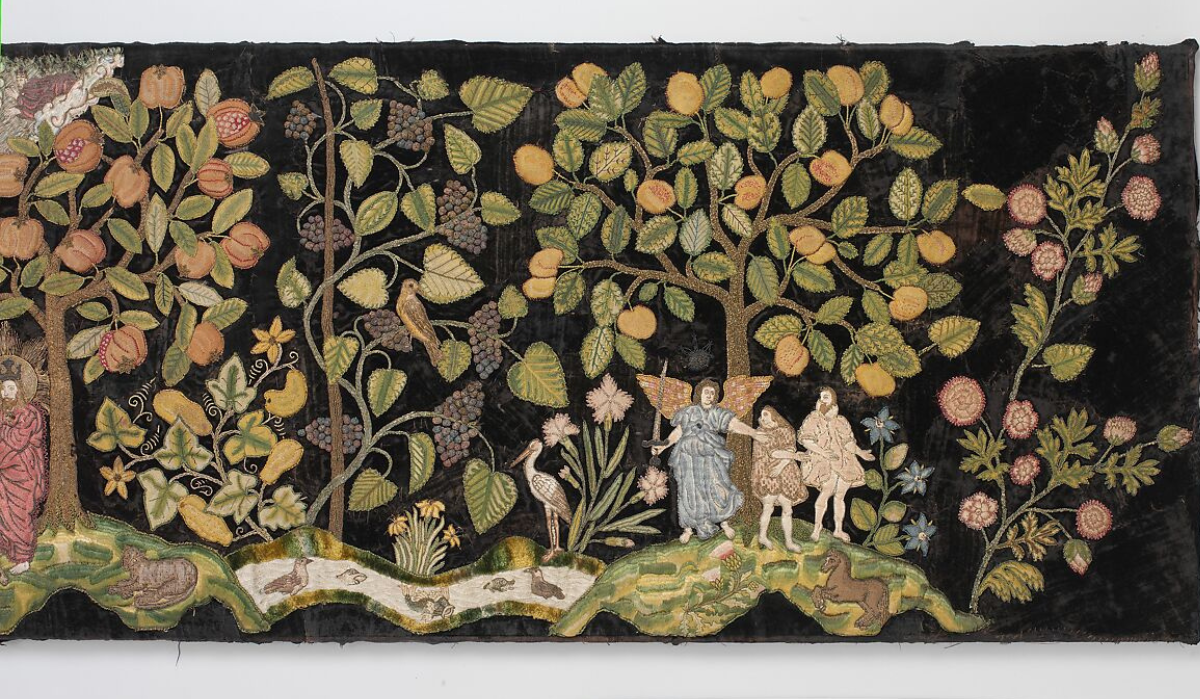A new book by Christina J. Faraday, College's Director of Studies in History of Art, will be published on 25th September.
The Story of Tudor Art, aimed at a general audience, is the first book to look at art from across the whole sixteenth century in England.
The volatile years of England’s Tudor dynasty (1485-1603) and the five monarchs who ruled England during this period continue to fascinate and intrigue. Thanks to the paintings of artists like Hans Holbein, we have very definitive ideas about the appearance and personalities of Henry VII, Henry VIII, Edward VI, Mary I and her successor Elizabeth I. It is through the eyes of artists that we still see the dynasty which ruled England for just over a century. Yet, iconic though they are, when it comes to Tudor art, portraits – and monarchs – are far from the whole story.
Throughout the sixteenth century, images and objects were employed for political, religious, social and scientific ends, by a greater range of people than ever before. The Church and the royal court, archbishops, monarchs, and courtiers, were some of the most important patrons, commissioning artists in painting, tapestry, print and other materials, to convey particular messages and promote them as individuals and office-holders. But in this period too, the ‘middling sort’, professional men and women, increased in power, wealth and influence. They also wanted to promote themselves, and used not only art, but also a plethora of other objects to do so.
In this novel and unique exploration of England’s Tudor dynasty, Christina J. Faraday uses the art of the era – both images and objects – as a means of investigating every facet of the period. As well as deconstructing sometimes familiar portraits of Tudor kings, queens and noblemen, Faraday will bring a forensic eye to bear on a broad and heterogenous array of artefacts – charters, clocks cushions, coins, devotional artworks, furniture, jewels, manuscripts, miniatures, sculptures, scrolls and tapestries – thereby providing the reader with a vivid and detailed feel for the political, social, economic and cultural texture of sixteenth-century England.
The cover image is part of The Garden of Eden, first artwork in the book, a panel which was one of a set of three valances probably used to decorate the tester of a bed.
Published by Head of Zeus, the book will be available here.





